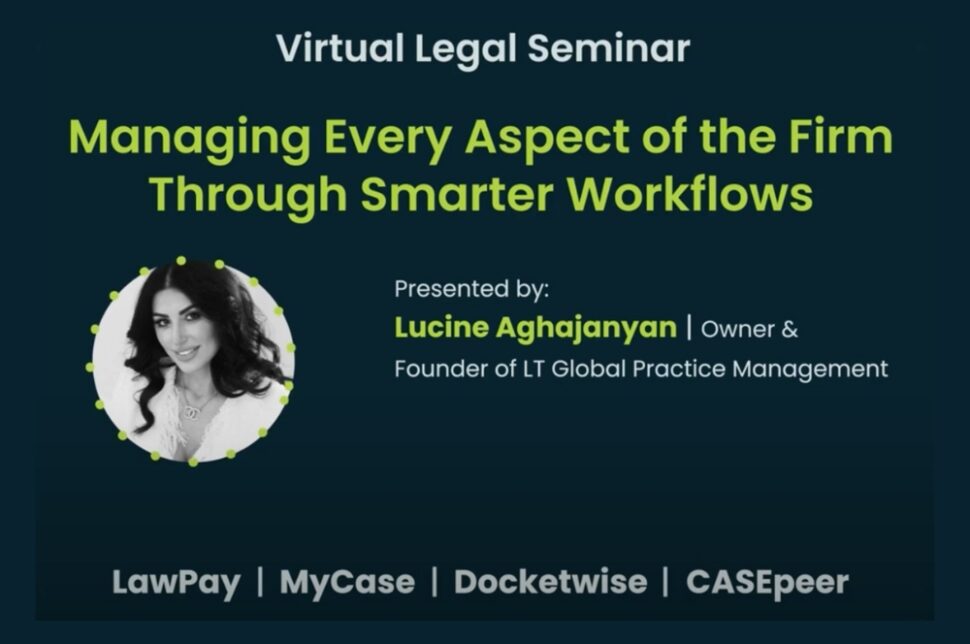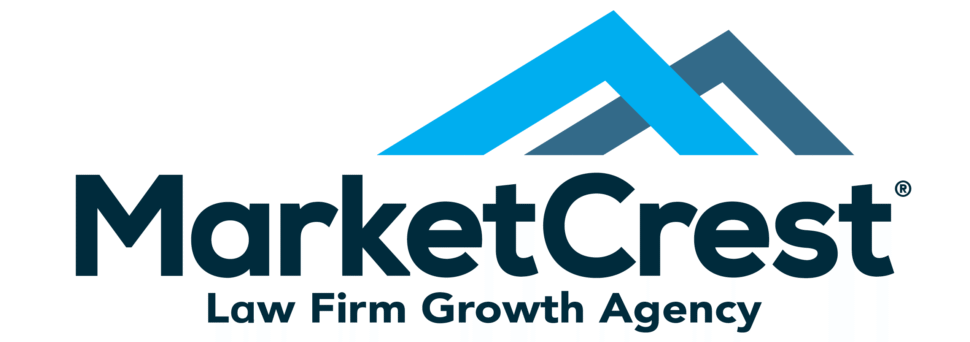At the 2025 AffiniPay Virtual Legal Seminar, Lucine Agajanian, owner and founder of LT Global Practice Management, discussed how law firms can streamline operations through smarter workflows. In this session, Lucine covered practical strategies for centralizing technology, improving efficiency, and tracking key performance indicators to create a more profitable and organized firm.
Her insights are invaluable for firms looking to simplify their tech stack, embrace automation, and build a culture that thrives on data-driven decisions. Read the full transcript below to explore the key takeaways from this engaging discussion.
Transcript:
Please welcome Lucene Agajanian, owner and founder of LT Global Practice Management, who will share valuable insights on managing every aspect of the firm through smarter workflows.
As a reminder, we encourage you to submit any questions you may have in the q and a box at the bottom of your screen.
We hope you enjoy.
Hi, everyone. Welcome back. We are here for our fourth and final fire session. I have Lucine with me here, and we’re gonna talk a little bit about smarter workflows, which I know is something that is very important to you and you know a lot about. So we’re gonna jump right in here. And I’m gonna ask your first question here, is what are some signs that a firm may not even realize that their tech stack is actually working against them?
Yeah. Sure. So the first thing is first, we need to figure out what technology we have. And if the technology is actually helping us versus working against us.
And the reason sometimes it happens because we have way too many Right. Systems. Quantity. We have quantity and then when the systems don’t talk to each other.
And that’s a real issue because I always keep this analogy of, you know, when you get in your car and you turn your engine and you press on the gas, somehow everything’s working together. Right? So the same thing needs to be happening at your office. So the right hand needs to be talking to the left hand and we need to be really mindful of the fact that everything that we do needs to save time, it needs to make money and we need to be a revenue generators, that’s why we’re in business.
Mhmm. So we should now never forget that. And in terms of technology, technology needs to be saving us time and not wasting time. And we need to have clear visibility as to what’s happening at the firm and in our organization and really treating it like business.
So and at that point, we will be successful and we’ll be able to have measurable NTT without worrying about missed deadlines or phone calls not being returned, invoices not to be paid, so on and so forth.
And usually, when you centralize it all, then you’ll get your answers and you know And you’ll know.
So going off that a little bit, know, I we hear a lot of firms who, you know, feel that their systems are disconnected or, you know, they are very much siloed away from each other. Can you talk a little bit about what are some of the risks that the firm is then facing when they do have a system that’s, you know, disconnected, disjointed, siloed?
Yeah. Absolutely. So thank you for that’s a really good question.
So the the risks are that you will have, for example, you’ll enter your leads in one system Mhmm.
And your invoices are in a completely different system. And then your scheduling is in the third.
And all of a sudden, you’re trying to put dots together and more importantly, measure the activity and you you can’t. Right. And there’s a lot of manual labor all of a sudden involved and missed opportunity. So those those would be probably on the front end, that’s that’s that’s probably what comes to mind.
And then the back end, when it comes to case processing and and such, again, your case notes are separated from documents and calendaring and invoicing, it’s really challenging then put everything together. And I’ll be very honest with you, I don’t when I start working with law firms, that’s basically my first rule. So what technology are we using? And are we going to agree that we’re going to minimize to two?
And I love my case, I’m going to just say that.
And for that reason, because it allows me as a business consultant and practice manager as well, to be able to see high level what’s going on at the firm without being in this inside the firm Mhmm.
Particularly.
Great. Thank you.
So let’s talk about data a little bit. We talked a little bit about this yesterday. So I would love to know from you kind of which KPIs or key performance indicators, if the audience isn’t familiar with the acronym, do you really think every law firm, whether any size, big or small, should really be tracking consistently?
So key performing indicators, that’s something that you have to have in any organization, whether your management style is transactional or results oriented. I’m personally really a results oriented person, but I also like tracking data because it allows me to see from bird view again.
Instead of being reactive in my decision making, I can actually be basing my decisions on numbers. Right? So everything needs to be measurable and and people need to be self reporting their numbers. And it shouldn’t be something that we will be capturing six months from now.
Mhmm. We need to be tracking that on a daily basis, on a weekly basis, and reviewing it on a monthly basis, so that we can identify the areas that require improvement. Now, what are the KPIs? So number one is time tracking.
Whether you are in billable environment or non billable environment, I want you to be tracking your time. And not necessarily to see what everybody is doing, but also make sure how much this case has cost us. And we just need that information. And we also need to be thinking about the realization rate.
It’s not only what we’ve built, but also what we’ve collected.
And again, going back to the original question that you had about the centralization, I want to see the cases and invoices connected to each other. They should not be leaving into different platforms.
And we need to have clear visibility. And when I say we, it’s top to bottom, so we shouldn’t be hiding it from our, you know, certain employees and thinking, you know, that’s something we’re accomplishing better results doing that. They need to be helping us collect and and provide data. So and so time tracking and productivity reports will show what exactly we’ve done.
Also, the customer satisfaction rates. Mhmm. We want to we want to have everything at ninety percent. The realization rate needs to be somewhere around nine ninety five percent, and customer satisfaction needs to be also at ninety ninety five percent.
We cannot make everybody happy, but we need to make sure that we are at ninety ninety five percent. And why? Right? Why is it important?
Because in certain practice areas, and we work with a lot of immigration attorneys, for example, they it’s important the repeat business is important, right? So if we do a good job and we are nice to our clients and we care, they’ll come back. And for other practice areas in litigation, they don’t have repeat business, but I’m a strong believer that every happy client will send you five. And you want to make sure that your employees top to bottom are actually asking for positive reviews.
And if they’re negative reviews, we need to take care of them and we need to take them seriously. And again, that’s also something that we need to be measuring and making sure that everybody is aware.
And the last piece would be that the key performing indicators need to be distributed and openly discussed with everybody. So it’s not something that’s hidden or invisible.
So that’s something that needs to be measured on a monthly basis and reviewed almost on a daily basis by the employees themselves.
Thank you. And I was just going to go back to this for a second. One of the things that we were discussing earlier was that when you do have these systems that are siloed, it makes getting these KPIs a lot harder, if not impossible when things are disjointed like that.
It gets harder in the sense that you end up finding yourself in the middle of a lot of spreadsheets.
Let’s be honest people like that. Yeah. But let’s be honest, a lot of lawyers go to law school not because they want to be looking at spreadsheets and and and reviewing numbers.
So we want all that information to be collected and placed in a in a system that allows us to see where we where we stand. And one CRM system will definitely would give you the answers if you’re picky enough to choose the one that you’re looking for.
Awesome, thank All right, so I’m going to move on to another section here and ask a question that’s about kind of adding in new tech little bits here. So, you know, there’s often a fear, I think, lot of us out there and probably in the audience, you know, have this fear that adding that more adding more tech or more tools or more things like that, more advancement, is going to create a longer to do list. So can you talk a little bit about, you know, how can you help firms or what advice can you give firms that really can flip that script and see tech as more of a time saver as opposed to a burden or something that’s going to add more to their plate?
Yeah. Certainly. So tech should be something that we are budgeting for to have and to improve on on a yearly basis. So that should be a part of your budget.
And tech is never overhead. It’s something that we all need to invest in terms of money and time and learning how to use it. Because there is such a thing as, we talk about buying time, right? So and that they usually is connected to hiring people to do certain things that you don’t necessarily need to be doing or don’t like to be doing and having someone else do it.
And tech is very similar, right? So if you rely on technology instead of your brainpower, if you wish, right, or your memory, so I’ll usually say, look, if there’s something that I don’t have to remember, that’s one less thing for me to think about. And my mind is always busy and I think about a lot of interesting things and I want to be using my mind in a creative way. And a lot of business owners are like that.
So if we could rely on tech and automate a lot, then we’re actually opening up space to creative and to growing the team and bringing up the opportunities instead of thinking that this is going to be something that will this is some animal or something sitting there and that’s going to eat up our time. So now how I approach it, it’s an agreement, So change is difficult for a lot of people. So when I start working with lawyers, that’s one of the things that we have to agree on, that we’re going to bring in tech into the place. And we are going to learn this tech together.
And it’s not going to be something that will say, look, you have to use it and you need it and that’s it.
You usually need the buy in, but you have to explain the why behind it. And and it’s easier said than done. It takes sometimes a month or two to really see the benefit of it. But at the end of the day, when you see that there is so much automation that instead of paying someone to do certain tasks, you’re actually relying on tech.
Instead of going into guesswork, you’re relying on tech. How many times I’ll ask, how many cases do you have? Question mark. How much money did you make?
I don’t know. What are your revenues this year?
I have no clue, I have to ask someone. And those are the things that tech will actually help. And again, going back to one of your questions about centralization, when we’re centralized and we can literally pull reports and review them together in real time, that’s when the magic happens. Mhmm. So and and here we are, then we don’t need additional resources to rely on. We just need to have well equipped and trained professionals within the organization to know how to use the tools to to make the most out of it.
Great. Thank you. And I I just wanted to double click on something that you said in that answer because I thought it was really well spoken was that you suggest that firms budget this money to look into tech annually. Yeah.
Because it’s not a one and done. Right? We talked about this earlier that, you know, it’s constantly changing. So just because you did it once a year ago does not mean that you’re done now.
Exactly.
Yeah. So I think that was great. So you touched on this a little bit, but I want to dive a little bit deeper into it. So you mentioned you need to have the firm coming along with you on this journey when you’re accepting new tech. And you hinted that sometimes that can be a little bit of a struggle sometimes.
So how can, you know, leaders or how can people within the firm really create that tech forward culture where those systems are embraced as opposed to resisted?
Like I said, change is difficult for a lot of people.
And we need to identify the whys behind them and actually communicate that.
Communication is a is a skill and sometimes you have to explain multiple times and and and for them to see, look, when you see this technology working for you, meaning when you come into your office, the first thing you you will do is you’re gonna log in into your platform Mhmm. And you’ll be able to see your tasks, your time entries, your account receivables and aging invoices and your leads and and and the money that you received and you didn’t receive for example, then you know, you just saved a lot of time and time is money and it’s cliche, alright, but it’s time is money. Okay.
Urgency is the king, so you kind of need to be always thinking like, I’m running out of time, so and what can be done for me to be able to be proactive in my decisions? There shouldn’t be any guesswork, right? So we should never be thinking, oh my gosh, something is falling through cracks and we’re on fire. We should be thinking, my realization rate dropped by five percent, so what do I do about that?
Right. Or my attorneys and paralegals are overworked based on numbers, not because what they’re saying, right? So because people will always say, have a lot of work and I’m behind and I So, okay, we trust the human factor that this is But, know, guess what?
And we talked about that, chaos is not scalable.
Mhmm.
So we need to you can’t scale chaos. So we need to make sure that we’re not in the chaos and we’re measuring everyone’s activity and we are looking at those numbers in the tech. So not based on what he said, she said or you know, we don’t have this hero effect.
We have team management process here that we’re looking at monthly, weekly and daily. So this is basically when you look at the when you start educating the law firm owner that this is business and we need to use technology and numbers to measure everything that we do, then it clicks. Then we get on the same page.
Great. I did actually quote your you can’t scale chaos in an earlier segment. And the audience will know that I was like, I couldn’t exactly remember who mentioned it yesterday. But Lucine gets the credit. You heard me say it.
So speaking of this, this is something else we talked a little bit about yesterday. The question that I just asked was, how can leaders create that system and that culture? And that was something that we talked a little bit about as well is that it really does start from the top. And, you know, it goes both directions, but it has to start at the top.
It has to start at the top. Mhmm. So it has to stop at the top because, see, the top is the person, right, that actually started this entity. So when you have an outsider coming in and say, look, this is what you need to be doing, you know, the team is going to say, who are you?
Who are yeah. Who’s this person?
Who is this person? Why are you teaching us these things? We never heard of this and we don’t like you so and there’s a wall and curtains so not going to talk to you. So we need that we need to make sure that the leadership at the top is interested interested and is acceptable of this change for us to be able to walk this journey together.
And then so many times I’ll hear when someone will come to me in the attorney level or paralegal level and they’ll say, you know what, I didn’t like this task and I didn’t like the fact that you needed us to report time. But now I see why you wanted us to do this. And so we want to be scaling smarter and not working harder. Right?
So we all want to work hard, but it doesn’t need to be that hard to where we really don’t know where to start and where to finish. And that’s very, very important. So again, going back to the idea of this is business and we need to do it this way and we’ll just need to sit down together and understand that this will come for a solar circle as needed. And technology is not replacing anybody, it’s just helping us to get faster.
Yeah, I think that’s great. So I have one more question to kind of wrap up our segment and wrap up our time together. So if a firm or maybe someone in the audience is feeling like their firm is really juggling too many tools and they really want to simplify them, where do you think they should start?
That’s a really good question. So if you have too many tools, then you need to really sit down and go through them and say, which one of these tools am I using the most?
Okay.
Okay? Which ones of this I’m I’m using the most and which one of these tools has like five top things that I need. Right? Right? Need to measure. And if you go through that process of identification or identifying those main important things, then it’s easier for you then to go to the next stage to say, okay, so I like this tool, but does it centralize at least three out of five that I need?
Mhmm.
Okay. We’re on the right track.
And if we’re not As we start going down.
As we start going down. If we’re not, if the answer is still no, then let’s go on a journey of finding the tool that we’re actually Mhmm.
You know, we’ll we’ll actually answer to all of our pain points. And there are tools out there that work like an engine and to to start your car and and start your day. So you want to be able to find that and and and there are those tools that are available out there.
I can’t say enough about my case and I like it and it gives me answer to all of the questions that I have. So for those that are listening, I’m sure there will be some of the attorneys that will agree, some will disagree. But I personally like it, and it helps us a lot in the process.
Great. Well, I want to thank you so much for sharing your insights on such a hot topic about workflow. So thank you so much for being here and for giving those insights. Now, the audience, I also wanna thank you all for being here with me.
We had so many great sessions today. I was so honored to be able to speak to so many great speakers. And as I mentioned, some of those speakers are going to be in attendance at our Kaleidoscope conference that’s coming up here in Austin, Texas September second through fourth. If you haven’t registered yet, we would love to see you there.
As I mentioned, you can speak to some of the speakers that I’ve had the pleasure of speaking to today at Kaleidoscope. You’ve heard a lot about it today. Just a reminder that we do have a special code for those who are here today with us. If you use code virtual when you sign up for Kaleidoscope, you’ll be able to register for only four point nine five dollars So again, I hope to see you at Kaleidoscope.
And I really am so appreciative that you’ve been able to be with us today. I hope you have a wonderful rest of your day.
Thank you for joining us for the twenty twenty five summer virtual legal seminar.
You’ll receive a follow-up email with the recordings of today’s session shortly.
Thank you again for tuning in and we’ll see you next time.





